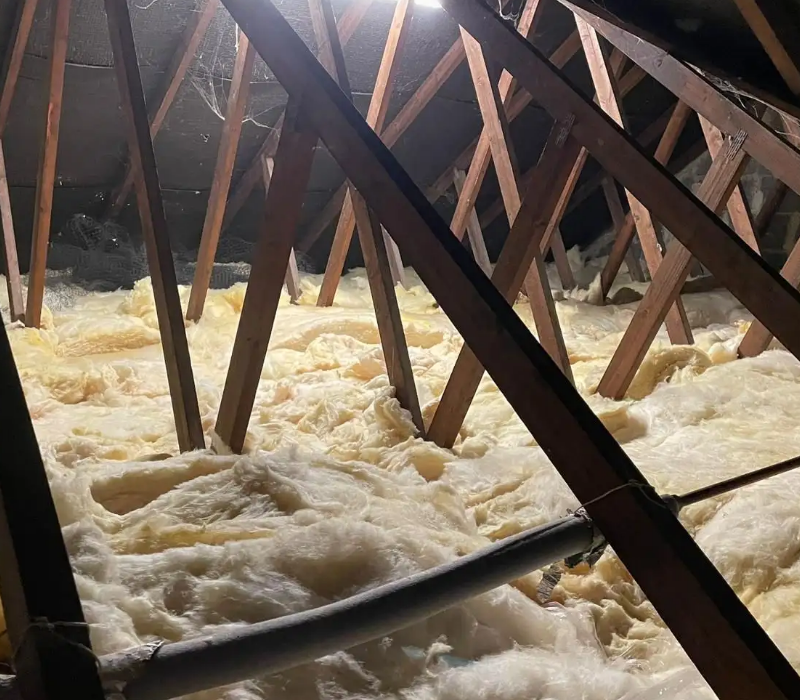How Does Loft Insulation Work?
Understanding how loft insulation works is key to maximising its benefits in terms of energy efficiency and comfort. In this blog, we delve into the science behind loft insulation, explaining the mechanisms by which it traps heat and enhances thermal performance. By gaining insights into how insulation materials and installation methods work, you can make informed decisions to create a more energy-efficient and comfortable home environment.
Thermal Conductivity:
To understand how loft insulation works, it's essential to grasp the concept of thermal conductivity. Thermal conductivity refers to a material's ability to conduct heat. Insulation materials with low thermal conductivity can effectively resist heat flow, keeping the desired warmth inside during the colder months and outside during the hotter months.
Trapping Air and Reducing Heat Transfer:
The primary mechanism by which loft insulation works is through the trapping of air pockets within the insulation material. Air is an excellent insulator because it is a poor conductor of heat. Insulation materials, such as fiberglass, mineral wool, or foam, are designed to create and retain air pockets, minimising heat transfer.
These materials are composed of tiny fibers or cells that trap air within them. When installed properly, loft insulation forms a barrier between the indoor living space and the outside environment, preventing heat from escaping or entering the home.
Resistance to Conduction, Convection, and Radiation:
Loft insulation materials work by reducing heat transfer through three main mechanisms:
Conduction: Insulation materials with low thermal conductivity impede the transfer of heat through direct contact. When heat tries to pass through the insulation, it encounters resistance, reducing the amount of heat that can escape or enter the home.
Convection: Insulation materials also hinder heat transfer through convection. Air trapped within the insulation material does not circulate freely, minimising heat loss or gain through convective currents.
Radiation: Some insulation materials, such as reflective foil insulation, work by reflecting radiant heat away from the home. This prevents heat from being absorbed into the living space during hot weather or escaping during colder periods.
Thermal Resistance and R-Value:
The effectiveness of loft insulation is measured by its thermal resistance, commonly expressed as the R-value. The higher the R-value, the greater the insulation's ability to resist heat flow. It indicates the insulation material's thermal performance and determines its suitability for different climate zones.
By choosing loft insulation materials with higher R-values and proper installation techniques, you can enhance your home's thermal resistance and overall energy efficiency.
Conclusion:
Loft insulation works by creating a barrier that reduces heat transfer through conduction, convection, and radiation. By trapping air pockets within the insulation material, it minimises heat loss during colder periods and heat gain during hotter periods. Understanding the science behind loft insulation enables you to select the appropriate insulation materials and installation methods, creating a more energy-efficient, comfortable, and sustainable living environment.
Areas we Cover
Bath, Birmingham, Bournemouth, Brighton, Bristol, Cambridge, Canterbury, Cardiff, Coventry, Dorchester, Enfield, Exeter, Gloucester, Guildford, Hereford, Hemel Hempstead, Kingston-upon-Thames, Leicester, Luton, Milton Keynes, Newport, Northampton, Oxford, Peterborough, Plymouth, Portsmouth, Reading, Redhill, Salisbury, Slough, Southall, Southampton, Stevenage, St Albans, Sutton, Swindon, Taunton, Tonbridge, Torquay, Worcester
By accepting you will be accessing a service provided by a third-party external to https://countrywideinsulation.co.uk/



